SAD and Depression: How to Know the Difference
Depression is one of the most prevalent mental disorders experienced in many societies globally. It presents itself in the form of persistent sadness, lack of enthusiasm for activities, and in numerous other ways, both emotional and physical. It can impact us at any time. There is also a separate condition that has some similarities. It is referred to as Seasonal Affective Disorder (SAD), and it tends to occur most during certain seasons.
SAD is not just the winter blues, but a serious disorder that needs immediate care. It is a chronic illness that affects the lives of patients through mood swings and changes in energy levels.
This article focuses on the differences between SAD and depression. Understanding the differences can help us all to better support ourselves or others who may struggle, especially this time of year. To read our in-depth article about Seasonal Affective Disorder, including strategies, how to build your own SAD toolkit, light therapy lamp buying tips, a free printable and more, visit: How to Overcome Seasonal Affective Disorder: 10 Strategies.
Get The Best Seasonal Affective Disorder Lamp Before It Sells Out!!
PS – Don’t forget to grab your printable copy of Fall SAD Coping Tips.
Epidemiology & Risk Factors
Research shows that major depressive disorder affects a broad swath of the population year-round, with lifetime prevalence estimates exceeding one in ten adults. By contrast, Seasonal Affective Disorder (SAD) tends to cluster in higher latitudes, where reduced winter daylight triggers a depressive pattern in susceptible individuals.
Women are diagnosed with SAD up to four times more often than men, and onset most commonly occurs in young adulthood. A family history of mood disorders further elevates risk for both conditions, but low exposure to natural light and rigid indoor work schedules amplify the seasonal pattern unique to SAD, factors you can read more about in our in-depth SAD guide.

Diagnostic Criteria: DSM-5 Comparison
Clinicians rely on the DSM-5’s core criteria for major depressive episodes: at least five symptoms (low mood, loss of interest, changes in sleep or appetite, fatigue, feelings of worthlessness, concentration difficulties, and suicidal thoughts) persisting for two weeks.
To qualify for the seasonal specifier (i.e., SAD), these same symptoms must consistently emerge during the same season for at least two consecutive years and fully remit when the season changes.
Unlike nonseasonal depression, SAD often features hypersomnia and increased appetite in winter months rather than insomnia and loss of appetite, making the timing and symptom pattern central to a distinguishing diagnosis.
Symptom Profiles: Side-by-Side
Although both SAD and nonseasonal depression share core mood symptoms, the way they manifest diverges in predictable ways. Individuals with SAD frequently experience pronounced fatigue and hypersomnia (sleeping longer yet still feeling unrefreshed) whereas those with typical major depression more often battle early-morning awakening or restless insomnia. Appetite shifts offer another clue: winter carb cravings and weight gain point toward SAD.
Reduced appetite and weight loss are more common in nonseasonal depression. Social withdrawal in SAD can feel like a hibernation instinct tied to daylight loss, whereas general depression often leads to anhedonia regardless of season.
Underlying Mechanisms & Biology
At a biological level, SAD hinges on light-mediated disruptions to circadian rhythms and melatonin regulation. Reduced winter daylight prompts overproduction of melatonin, which drives lethargy and hypersomnia, and dampens serotonin turnover, a key neurotransmitter implicated in mood.
In nonseasonal depression, genetic differences in serotonin transporters, chronic inflammation, and elevated cortisol play a larger role, with circadian misalignment less directly tied to environmental light. Highlighting these distinct pathways underlines why light therapy lamps and dawn simulators are first line for SAD but have limited impact on nonseasonal depression without adjunctive pharmacotherapy.
Treatment & Management Strategies Compared
For SAD, bright-light therapy, with a 10,000-lux lamp used first thing each morning, remains the cornerstone, often delivering relief in days to weeks. Cognitive Behavioral Therapy tailored to winter-specific negative thoughts further boosts outcomes. Antidepressants (SSRIs or bupropion XL) may be added if symptoms persist.
In contrast, nonseasonal depression typically begins with pharmacotherapy and year-round CBT or interpersonal therapy. Lifestyle adjustments such as regular exercise and sleep hygiene are universal, but timing outdoor exposure to daylight and using light boxes indoors are interventions unique to SAD sufferers.
Prevention & Proactive Self-Care
Because SAD follows a predictable seasonal cycle, prevention can begin in early autumn. Sunrise-simulating alarm clocks and smartphone morning-light apps help anchor circadian rhythms before symptom onset. Daily mood tracking using printable charts and targeted journal prompts alerts you to early warning signs.
Scheduled social activities and group exercise classes combat the isolation instinct, while a diet rich in omega-3s and complex carbohydrates supports balanced neurotransmitter levels.
Case Studies & Testimonials
One remote graphic designer in Alaska overcame debilitating morning fatigue by pairing a 10,000-lux lightbox routine with gratitude journaling, reporting a 60 percent boost in daytime energy.
A middle-school teacher in Virginia combined worksheets with daily walks at first light and saw her seasonal mood dip cut in half.
In a reverse-SAD twist, a Florida retiree who suffered summer depression found relief through cooler indoor exercise classes and evening light tapering, underscoring that seasonal patterns can go both ways.
Other Key Differences between SAD and Depression
Another key difference between seasonal affective disorder and general depression is that SAD is seasonal. Symptoms occur when daylight is scarce. General depression has no relation with seasons and can come at any time.
a. Seasonality and Symptoms
A characteristic of SAD is its significant relationship with light. For instance, winter has less daylight, and this will impact on serotonin (related to mood) in the brain. It is believed that this reduction results in SAD. Whereas it is related to seasonal light changes, general depression has many causes, such as hereditary factors and life circumstances.
b. Light Exposure
The management of SAD involves light therapy that involves using a light that simulates natural light. For general depression, the therapeutic interventions differ and may consist of drugs, psychotherapy, and modifications in lifestyle, which are not targeted at imitating sunlight.
Find More Resources to Help with SAD
Best Light Therapy Lamps: How to Overcome SAD This Fall
To explore another winning strategy to reduce anxiety and symptoms of SAD, visit The Best Weighted Blankets for Anxiety: How to Choose the Right One.
Approaches for Seasonal Affective Disorder
Seasonal Affective Disorder produces such symptoms as sadness, fatigue, and decreased interest in previously enjoyable activities. However, it is frequently misunderstood as being a milder form of depression or simply experiencing low spirits during winter.
In fact, it is just as disabling and should not be overlooked; if you or a loved one experiences depressive symptoms during certain times of the year, it is advisable to seek professional help.
Frequently Asked Questions (Q&A)
Can light therapy alone cure Seasonal Affective Disorder? Light therapy is the first-line intervention for SAD and can dramatically reduce symptoms of winter depression on its own. For many people, daily sessions with a 10,000-lux lamp lift mood and energy within days to weeks. To maximize benefits, pair light therapy with structured behavioral strategies or, if needed, a short course of SSRIs under professional guidance.
How long does SAD season typically last? Most individuals begin to experience SAD symptoms in November or December, with full remission by March or April. Exact timing varies by latitude and personal sensitivity to daylight changes. Tracking your mood and daylight exposure year over year can help you anticipate onset and plan preventive measures.
Is SAD more common than nonseasonal major depression? No. Nonseasonal major depressive disorder affects over 10 percent of U.S. adults at some point in their lives, whereas SAD impacts roughly 1 to 7 percent, depending on geographic region. However, SAD’s predictable seasonal pattern makes targeted prevention and treatment especially effective.
What’s the difference between “winter blues” and true SAD? The “winter blues” refers to a mild, short-lived dip in mood that doesn’t significantly disrupt daily functioning. True SAD involves a recurrent seasonal pattern of at least two consecutive years, five or more DSM-5-defined depressive symptoms, and clear impairment at work or in relationships. If low mood persists or severely impacts your life, it’s time to explore full SAD treatment strategies.
When to Seek Professional Help
While self-care and light therapy address mild to moderate SAD and nonseasonal depression alike, readers should watch for red flags: persistent suicidal thoughts, complete loss of interest in once-valued activities, or any decline in work or relationship functioning.
If morning light routines and lifestyle tweaks fail to lift winter blues or if low mood strikes outside the usual season, a consultation with a mental health professional plus a medical workup for thyroid or vitamin D levels is essential.
SAD and Depression
The more we learn about seasonal affective disorder and its differences from depression, the better we comprehend how climate, including amount of light or time of year, can affect mental health.
It is key to apply this knowledge not only for treatment purposes but for increasing general population awareness as well. As the fall season approaches, keep your own printable copy of Fall SAD Coping Tips handy to help you remember strategies that will help.

Looking to the future, further studies of seasonal affective disorder and its connections with other mood disorders may result in newer methods of managing the problem. This is important to advance the well-being of those suffering, gradually making for a better and more efficient mental health care system.
P.S. Don’t forget to check out our Light Therapy Lamp Buyer’s Guide, including a Buyer’s Guide printable, and a seasonal affective disorder printable bundle!
Thank you as always for reading.
Affiliate Disclosure: Some links in this post are affiliate links. As an Amazon Associate, we earn from qualifying purchases. Thank you for supporting Kindness-Compassion-and-Coaching.com at no extra cost to you.

Joan Senio is the founder of Kindness-Compassion-and-Coaching.com. Joan’s career includes clinical healthcare plus 20+ years as an executive in a nationwide health care system and 15 years as a consultant. The common threads throughout Joan’s personal and professional life are a commitment to non-profit organizations, mental health, compassionate coaching, professional development and servant leadership. She is a certified Neuroscience Coach, member of the International Organization of Life Coaches, serves as a thought-leader for KuelLife.com and is also a regular contributor to PsychReg and Sixty and Me. You can read more about Joan here: Joan Senio.


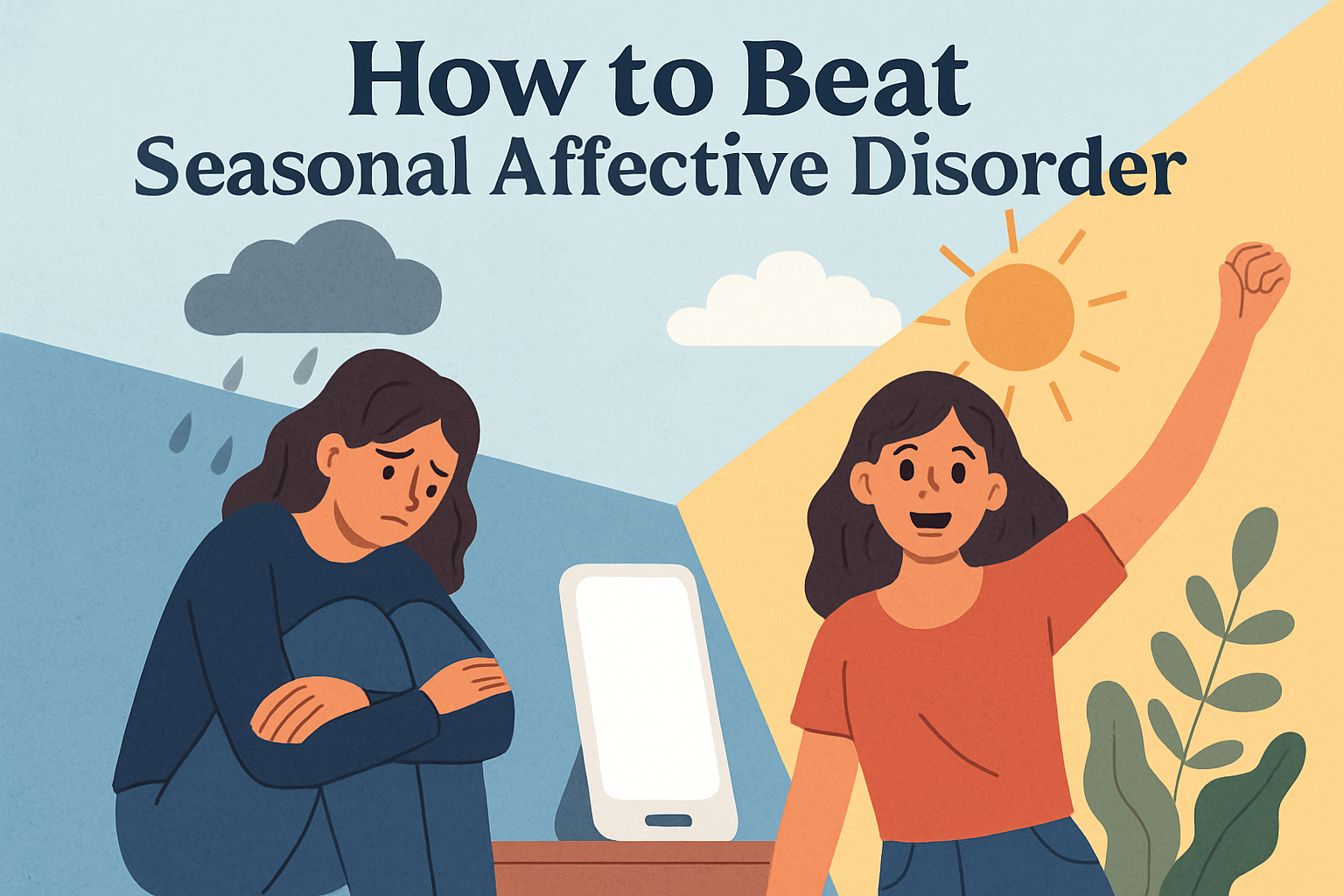


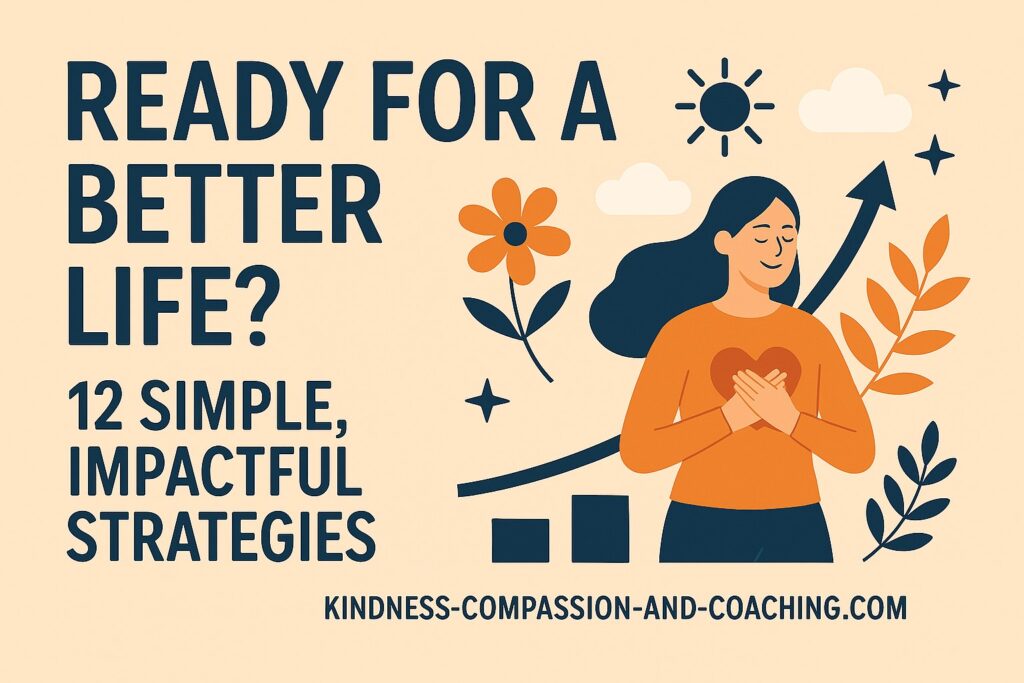
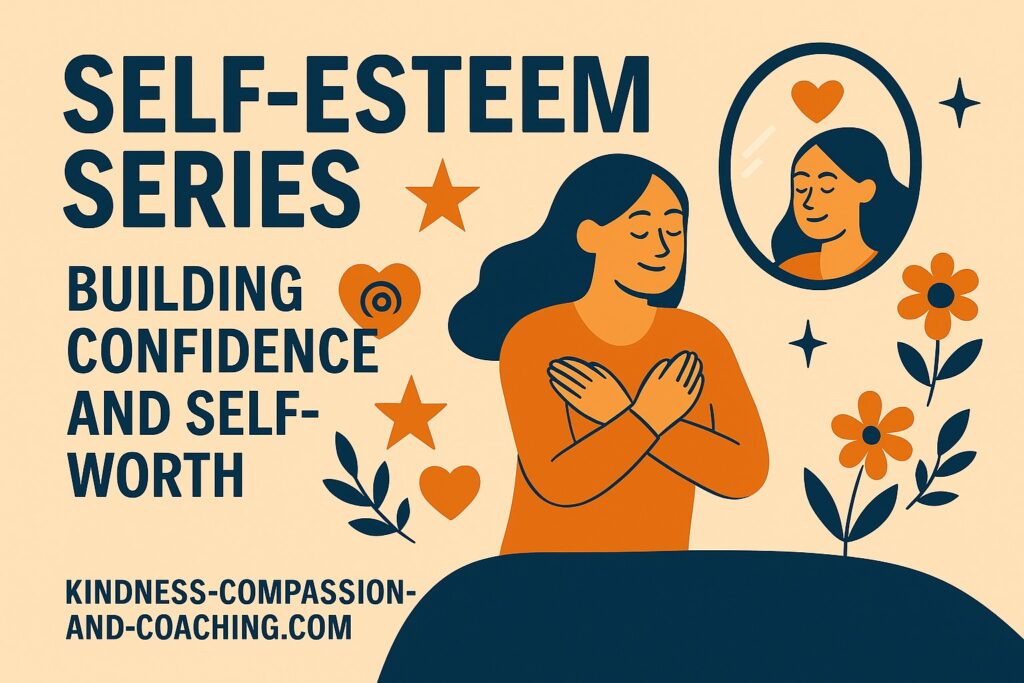
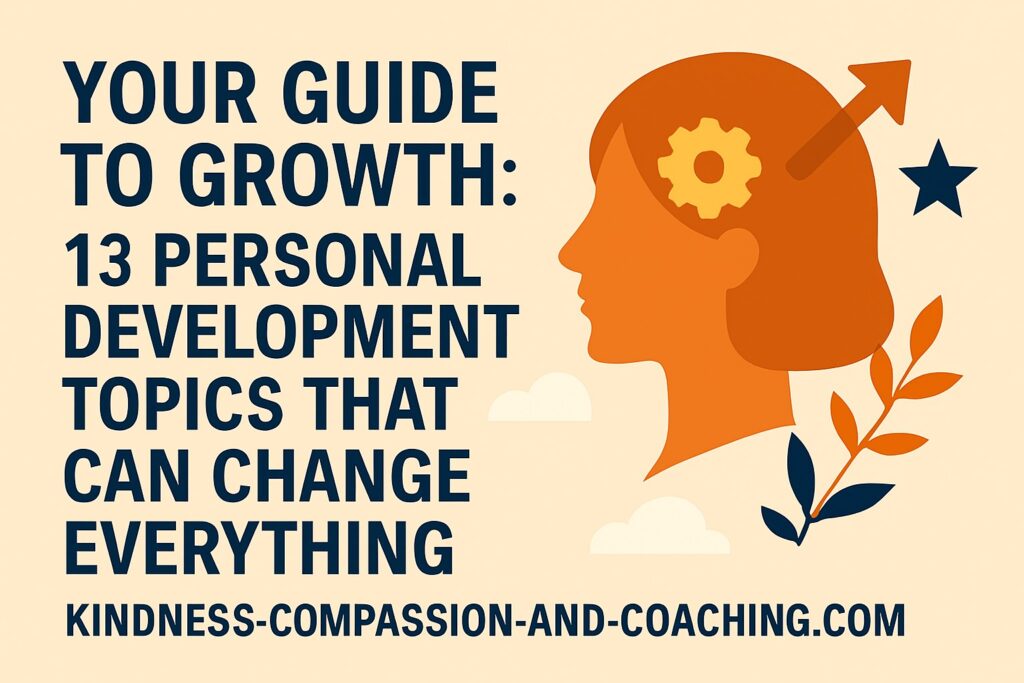
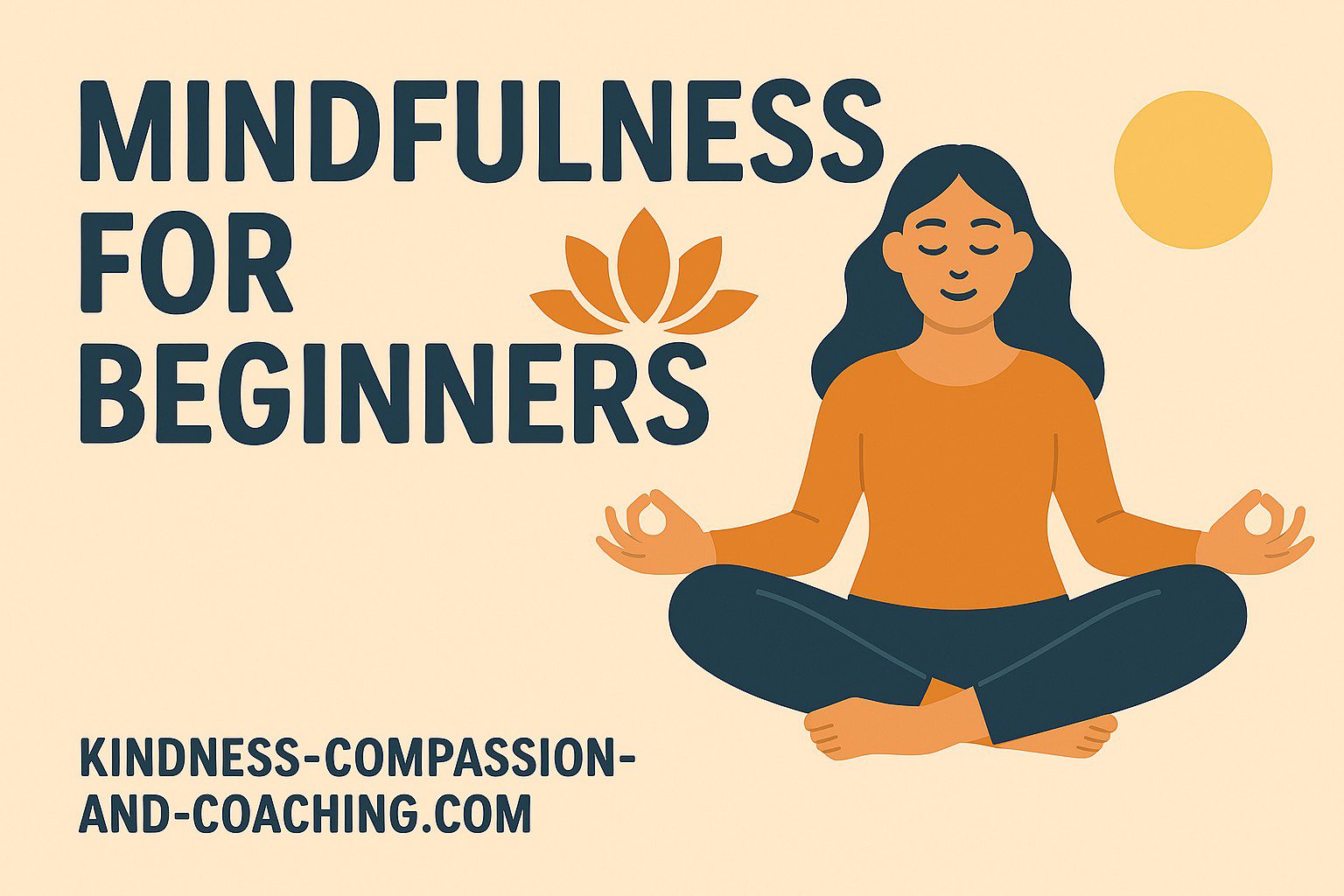
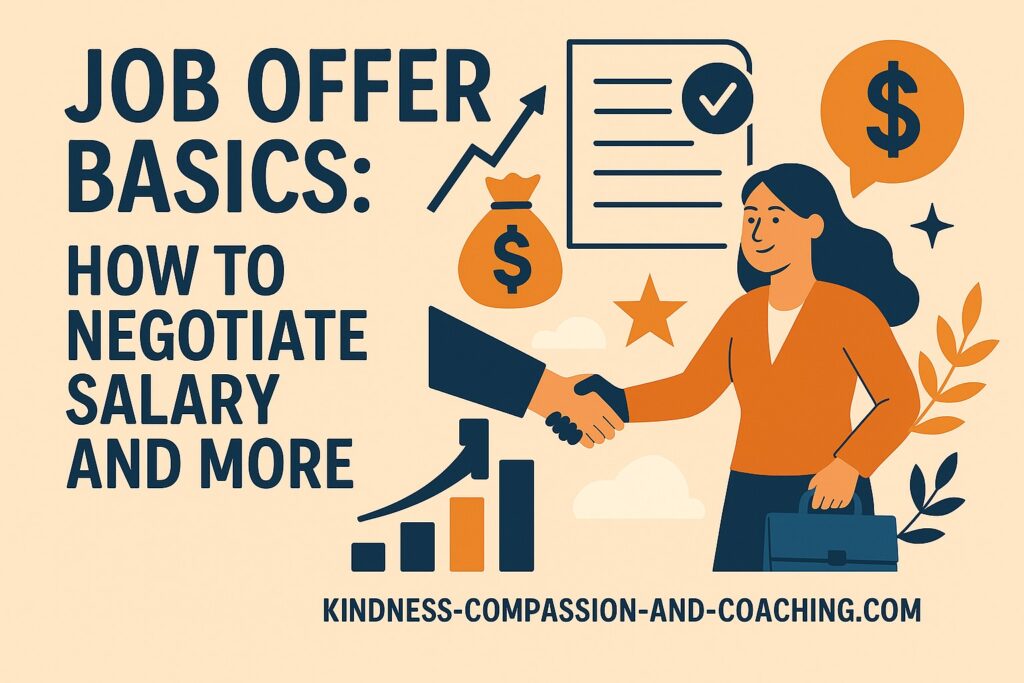






No Responses